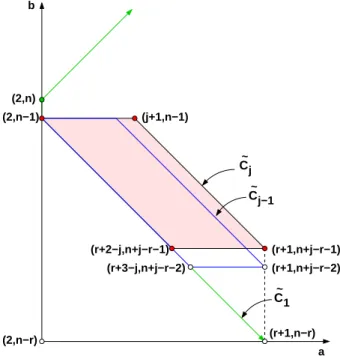Quantum Q systems: from cluster algebras to quantum current algebras
Texte intégral
Figure

Documents relatifs
Let us look at local representations of differential operators and the formal calculus (see e.g.. We will concentrate on the quantum level, since on the classical level all
The idea is that the quantum permutation group G associated to the algebra A encodes the “quantum symmetries” of h, and the hope would be that the quantum permutation groups could
In the frame of our previous works, this substitution requires investigations on a possible characterization of a manifold M by the Lie algebra of differential operators acting
Kuniba, Nakanishi and Suzuki [7] have given a conjectural description of the positive solution of an `- restricted Q-system in terms of quantum dimensions of
For both q-analogues of the Weyl algebra we are able to find explicit formulae and combinatorial interpretation for the product rule in their symmetric powers algebras.. For
Extremal loop weight modules and tensor products for quantum toroidal algebras, Preprint arXiv:1305.3481, 2013. [M 13-1]
Although the resulting Hopf algebra, which we call BELL (since it arises directly from a graphical description of the combinatorial Bell numbers), is rather too
In this short note we compute the Kac and RFD quotients for the Hopf ∗ -algebras associated to universal orthogonal quantum groups O + F of Wang and Van Daele, exploiting